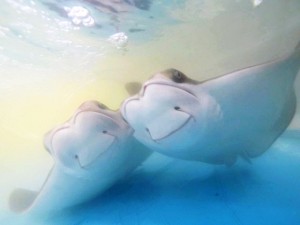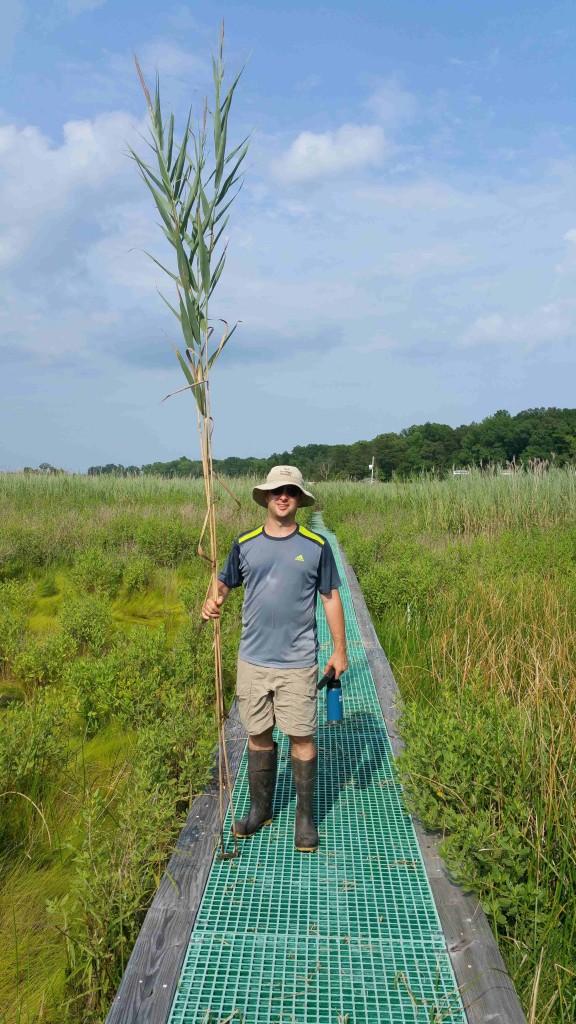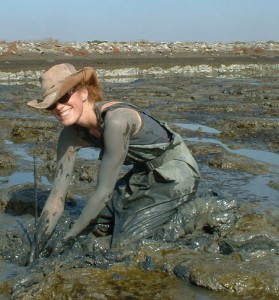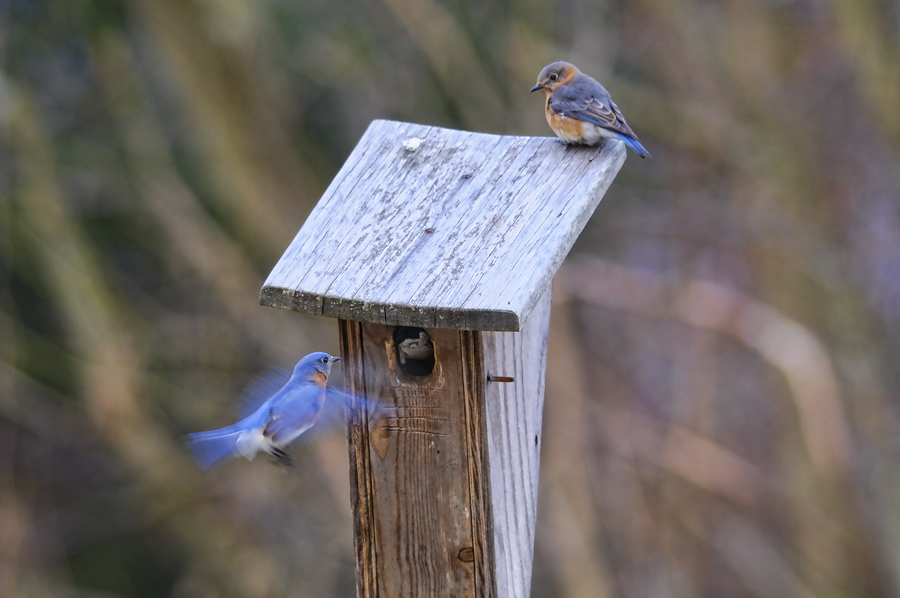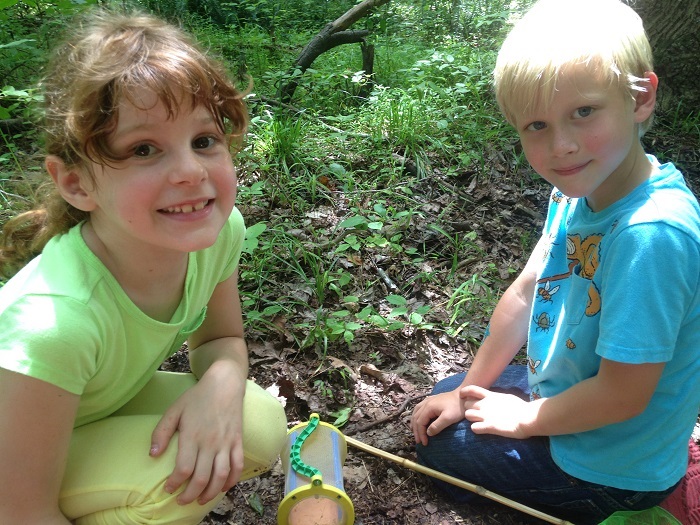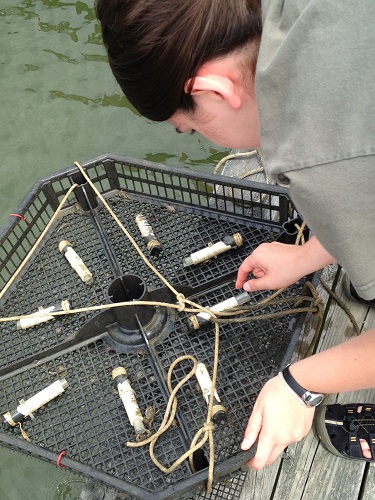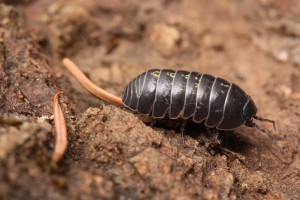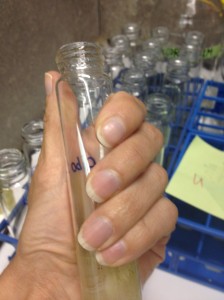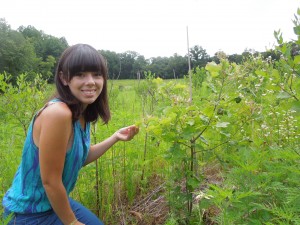by Kristen Minogue
It’s been another wild year at the Smithsonian Environmental Research Center. We sent a sailboat to the Arctic, pitted our orchids in a showdown against the Hope Diamond and discovered a couple new species. And somewhere along the way we celebrated the center’s 50th anniversary. Scroll below for the 2015 #YearInReview, a collection of the top 12 stories, journeys and biggest surprises of 2015.
Exploring the Ocean
Totes Adorbs! Cownose Rays Take Internet
These marine heartthrobs have earned a top billing. Besides making a 900-mile migration every year, which SERC marine ecologists are tracking with acoustic tags, the kite-shaped rays (whose mouths are stretched so that they seem to be wearing a perpetual smile) also won a Twitter #CuteOff in September.
What Does Life in the Ocean Sound Like?
Postdoc Erica Staaterman listens to the ocean for a living. Often seen as a silent landscape broken only by whale or dolphin songs, Staaterman is helping uncover a wealth of noise from the ocean’s hidden creatures. She shared some of the recordings with us in this edited Q&A.
Cruising the Arctic’s Forgotten Fjords
Ocean acidification researcher Whitman Miller sent one of his CO2-monitoring devices on a 100-day journey to the Arctic. Its mission: Venture to some of Greenland’s never-before-seen fjords and discover how melting glaciers are changing the water. And do it all in a small, 42-foot sailboat. Click to continue »

